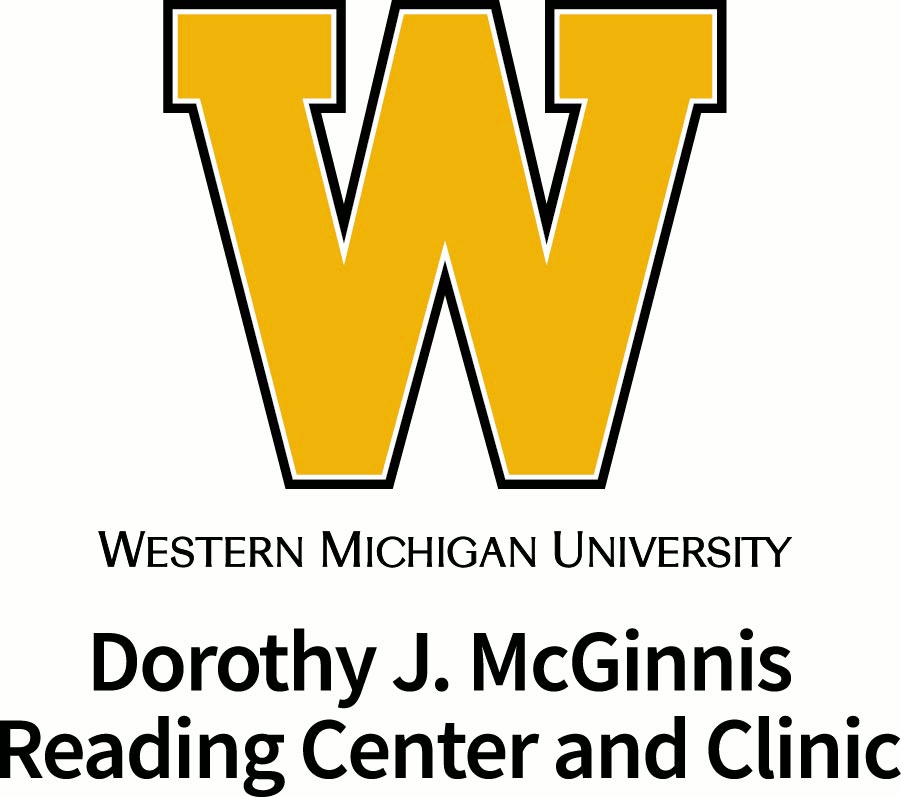Publication Date
10-1-1978
Abstract
A person undertaking a search of the existing literature on the topic of critical reading would notice immediately that there is a rather large number of articles and book chapters dealing with the topic. In reading a few of the articles it would also become apparent that there is little consensus regarding what critical reading is - the definitions range from a very narrow view such as "Critical reading is recognizing biased writing" to rather broad views such as "Critical reading is the process of comprehending in its highest form." One other thing emerges clearly from the literature; critical reading is viewed as a valuable and important skill, but one which is being taught in an inadequate and limited way. In speculating about the causes of this inadequate success level in teaching critical reading, a number of possibilities come to mind. Some of these possibilities include the lack of agreement on what critical reading is, a hesitancy of some teachers or systems to deal with controversial issues, lack of training in the teaching of critical reading at the college pre-service level, or the fighting of educational "brush fires" at the lower comprehension levels (if a student doesn't comprehend literally, can he read critically?) These and many other possibilities exist.
Recommended Citation
Schnell, T. R. (1978). Identifying the Basic Elements of Critical Reading. Reading Horizons: A Journal of Literacy and Language Arts, 19 (1). Retrieved from https://scholarworks.wmich.edu/reading_horizons/vol19/iss1/5

